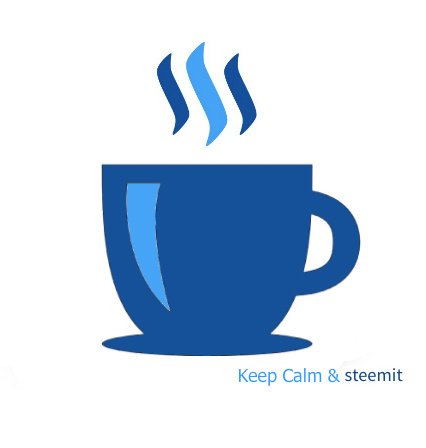A blockchain without security is not one anyone would have faith in

Steemit gains its security from a delegated proof-of-stake algorithm, first developed for Larimer's BitShares project, which is a variation of proof-of-stake. A true proof-of-stake algorithm, such aspeercoin, relies on those who hold the currency to verify transactions.The more currency held by a wider variety of people, the more secure the network is.In a delegated proof-of-stake system, the community votes for individuals, called witnesses, to be responsible for verifying transactions.The easiest way to think about it is proof-of-stake is true democracy similar to ancient Athens. Delegated proof-of-stake is more of a democratic republic, such as the US. By that logic, witnesses are like Congressmen, elected by the community to be responsible for securing the network.However, the analogy ends there, because witnesses can be kicked out of their job for not doing it, something the US Congress has been immune to for some time.Scott said:
"It’s a paid position. We're not talking about four-year terms. We're talking about people with very specific jobs, which are to produce and verify blocks."
In total, there are 21 witnesses responsible for creating and signing blocks of transactions each time a block is made. The first 19 are voted for, as described above. Then there is a 20th witness, which is a random witness who might not have been in the top 19. The 21st witness is a miner doing typical proof-of-work.In the Steemit white paper, the authors write:
"This process is designed to provide the best reliability while ensuring that everyone has the potential to participate in block production regardless of whether they are popular enough to get voted to the top."